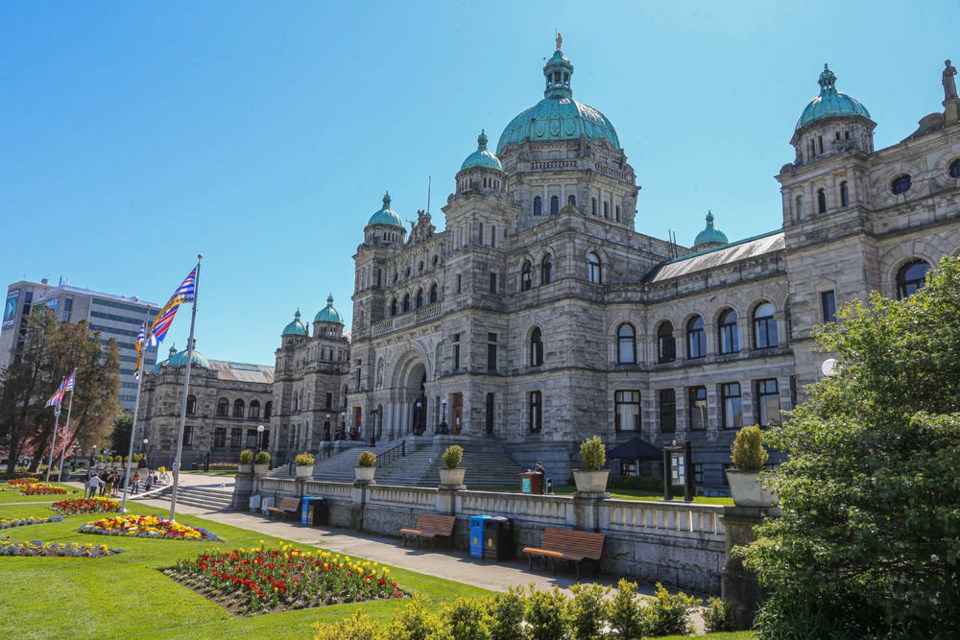The NDP government introduced a bill Monday that will allow the Electoral Boundaries Commission to redraw some of B.C.’s ridings to reflect a growing population in some areas.
The changes, if passed, will likely increase the number of ridings in B.C., especially in densely populated urban areas where the NDP thrived in the October election, as the commission has the power to increase the number of seats from 87 to 93.
B.C.’s population has grown by half a million people since changes were last made to electoral ridings in 2015, Attorney General David Eby said when presenting amendments to the Electoral Boundaries Commission Act.
“These amendments are intended to equip the commission with the discretion and flexibility it needs to make recommendations for electoral district boundaries that balance the principle of representation by population with other effective representation concerns,” Eby said.
The new law would overturn legislation passed by the Liberals in 2014 which prevented the commission members from reducing representation in the North, Columbia-Kootenay and Cariboo-Thompson regions, creating 17 protected enclaves in B.C.
The B.C. Liberals say the measures will decrease representation for people who live in Northern B.C. and could merge rural ridings — traditional Liberal strongholds — into geographic areas the size of Europe.
Mike de Jong, Liberal critic for the attorney general’s office, said the proposed changes are bad news for anyone who lives north of Cache Creek and values political representation.
The changes “will further erode representation in the largest geographic regions of our province and I believe it does a real disservice to the people who reside in the North or in the Kootenays,” he said.
De Jong doesn’t dispute the reality of population growth in urban areas of the province but “similarly, I don’t think you’ll find many people who believe it enhances our democracy to have ridings that involve people having to travel 300 or 400 miles to see their MLAs … or living in a single constituency that is as large as a European country.”
The Electoral Boundaries Commission, comprised of three independent and non-partisan experts, is established after every two general elections to propose changes to the area, boundaries and names of B.C.’s electoral districts to ensure each MLA represents a similar number of people.
In the October election, the NDP went from a 41-seat minority to a 57-seat majority, picking up seats in former Liberal strongholds such as Surrey-Cloverdale, and winning out in battleground ridings in North Vancouver, Vancouver, Burnaby, Richmond, Maple Ridge, Surrey and Coquitlam.
In a statement Monday, Eby’s office said the amendments ensure political boundaries are drawn up not by politicians, but by an independent commission. The commission will be asked to uphold “the fundamental democratic principle that everyone’s vote should be reasonably equal in weight in choosing elected officials,” the Attorney General’s ministry said in a statement.
The Supreme Court of Canada has recognized the country’s unique challenge of representing vast and often sparsely populated rural ridings, allowing ridings to be drawn based on considerations other than equal representation by population.
